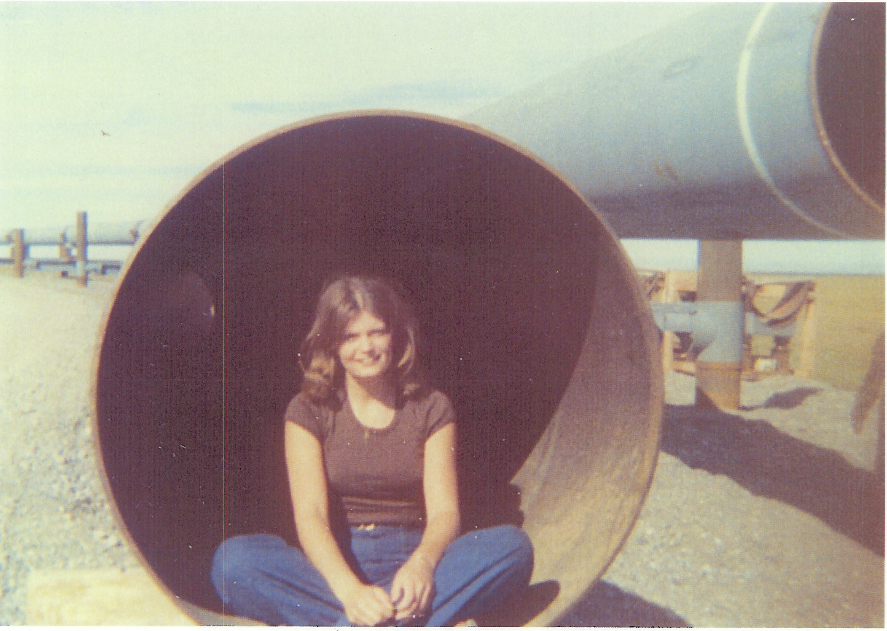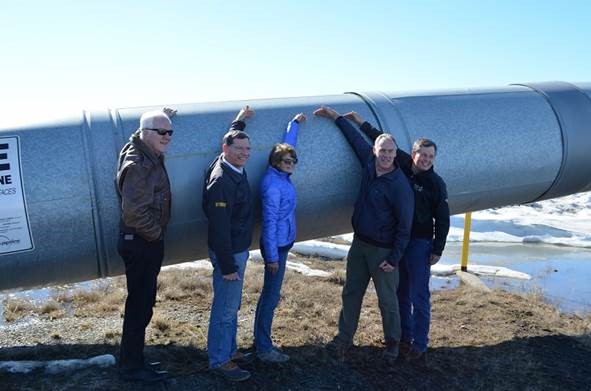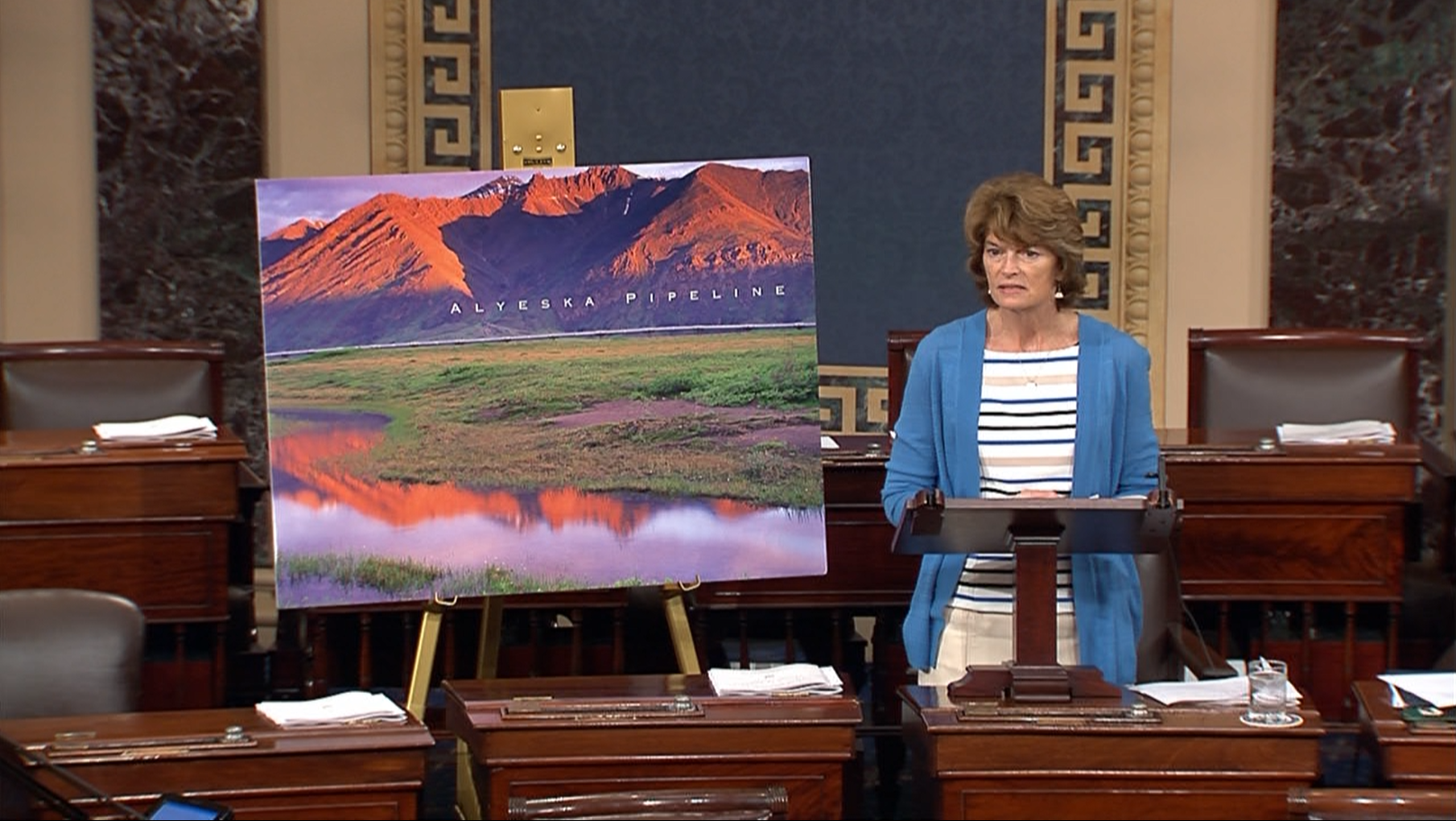Murkowski Marks 40th Anniversary of Trans-Alaska Pipeline
Recognizes Long-Standing Benefits for Alaska, America
U.S. Senator Lisa Murkowski (R-AK) today commemorated the 40th anniversary of the first barrel of oil moving through the 800-mile long Trans-Alaska Pipeline System (TAPS) from Prudhoe Bay to Valdez. Murkowski marked the occasion by speaking on the Senate floor about TAPS’ history, from the discovery of oil at Prudhoe Bay to how the pipeline has fueled Alaska’s economy and strengthened the energy security of our nation.

(As a teenager, Senator Murkowski sits in a section of the pipeline during its construction in the 1970s.)
“It’s hard to imagine Alaska without the Trans-Alaska Pipeline. It’s hard to imagine the consequences that America would have faced without the 17.5 billion barrels of oil it has now safely carried to market. And it is no exaggeration to say that while we built a pipeline, that pipeline has helped us build our state.”
(Click image to watch Senator Murkowski’s floor speech.)
“TAPS is not just a pipeline, it is Alaska’s economic lifeline. Over the course of 40 years, TAPS has become the veritable backbone of our state’s economy. It is a source of security and prosperity for us and for our nation.”

(Murkowski with Sen. John Cornyn (R-TX), Sen. John Barrasso (R-WY), Interior Secretary Ryan Zinke, and Sen. Steve Daines (R-MT) at Mile Zero of TAPS in May 2017, showing “how high” they want to refill the pipeline.)
Click here for full text of Senator Murkowski’s floor speech.
Background: Construction on the Trans-Alaska Pipeline System began in 1974, and the first oil entered the pipeline on June 20, 1977. Despite being surrounded by billions of barrels of oil in federal areas, TAPS is today just one-quarter full. On May 31, 2017 Interior Secretary Ryan Zinke signed a Secretarial Order in Anchorage, Alaska to help restore access to the National Petroleum Reserve-Alaska, evaluate the resources there and in the non-wilderness 1002 Area of the Arctic National Wildlife Refuge, and ultimately increase production needed to refill TAPS.









